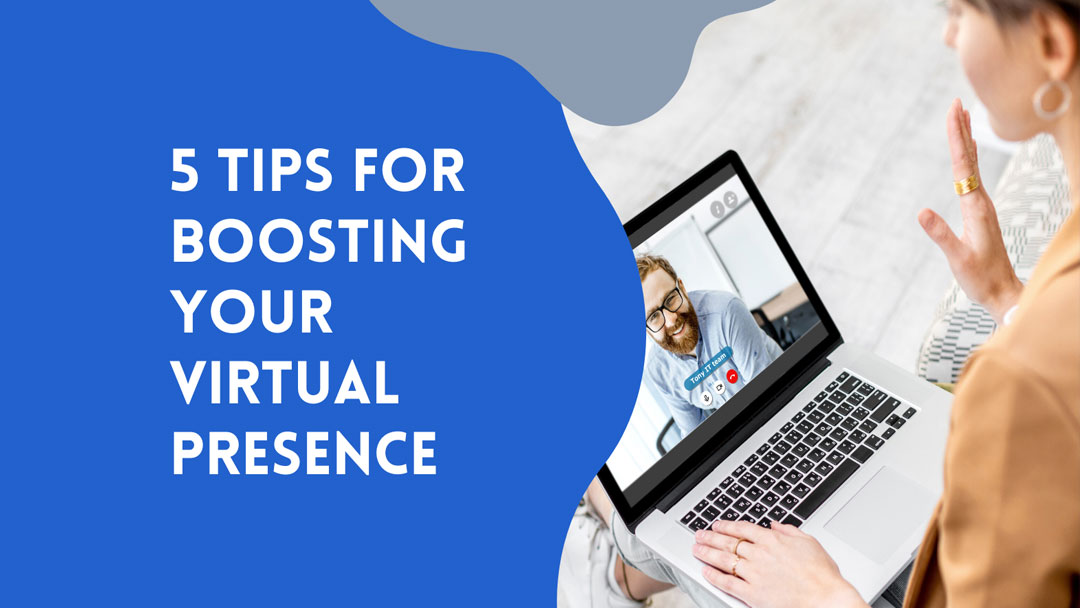Though we’ve traded conference rooms for coffee tables, and brainstorming sessions in front of a whiteboard seem like a luxury of the past, being present in meetings and engaging with colleagues on the small screen is key to successfully navigating the evolving corporate landscape. No matter your career stage, these tips that I share with my clients will help you stay sharp, boost your presence, and make the most of any video call.
Want a more personalized approach? Connect with me on LinkedIn and send me a message to get started.
1. Keep Your Phone Out of Reach
It may seem obvious, but phones and other digital devices are among the biggest culprits in distracting you from paying attention. Sneaking a peek at your phone becomes even more apparent when you’re on Zoom, and our every movement is caught on camera. Keeping your phone at arm’s length and turning off all non-meeting related notifications on your computer will ensure you are alert and at the top of your game.
2. Assume You Are Always Visible
If you are participating in a team or small group call, it’s courtesy, and often expected, to have your camera turned on. This opens you up to a level of scrutiny often missing from in-person meetings. During in-person meetings, a swivel in your chair or not looking directly at the speaker can often go unnoticed, but in a virtual setting, you must assume that even when you are not speaking, someone may be looking at you. In our Brady Bunch square world, attend all meetings with the mindset that your visibility is an opportunity to demonstrate your level of preparation and attention.
3. Body Language Matters
Even though your whole body is not visible, body language is still critically important in how you present yourself and engage with colleagues in a virtual setting. Something as simple as leaning forward when a coworker is speaking signals that you are listening, in the moment, and interested in what they are saying. Conversely, slumping in your chair with arms crossed may come across as boredom or annoyance. Nervous habits such as twirling hair or stroking a beard are also more noticeable on Zoom. To help ground yourself and reduce nervous energy, sit up straight with your feet pressed firmly into the floor and your hands on your desk or your keyboard or held calmly in front of you.
4. Facial Expressions Matter Even More
During a video call, your face is the star of the show, more so even than face-to-face interactions. Everything from an eye roll to a smile becomes more pronounced when viewed from the confines of your Zoom square. Micro-expressions we previously were not conscious of now are scrutinized as we scan one another’s face looking for context. Maintaining a calm, friendly demeanor is critical in developing an authentic rapport with your audience. Eye contact also remains vital in building trust. In a group setting, please do your best to look at each person to keep them engaged. One-on-one maintaining eye contact helps you develop your relationship and increase confidence in your ability to connect, even online.
5. Give Yourself a Break
Zoom fatigue is real! The best way to keep yourself engaged is, if possible, schedule breaks in between video calls, to give not only your mind but your body a break. The most significant difference between an in-person meeting and a virtual one is that you need to be “on” the entire time in the virtual space, which can cause brain drain and strain on your eyes. If it isn’t critical to be on screen, consider doing an audio-only, or perhaps even an old-fashioned phone call. Creating a buffer between video conferences will enable you to wind down and recharge, and is one of the most beneficial ways to ensure you are ready to stand out for all the right reasons on your next video interaction.

